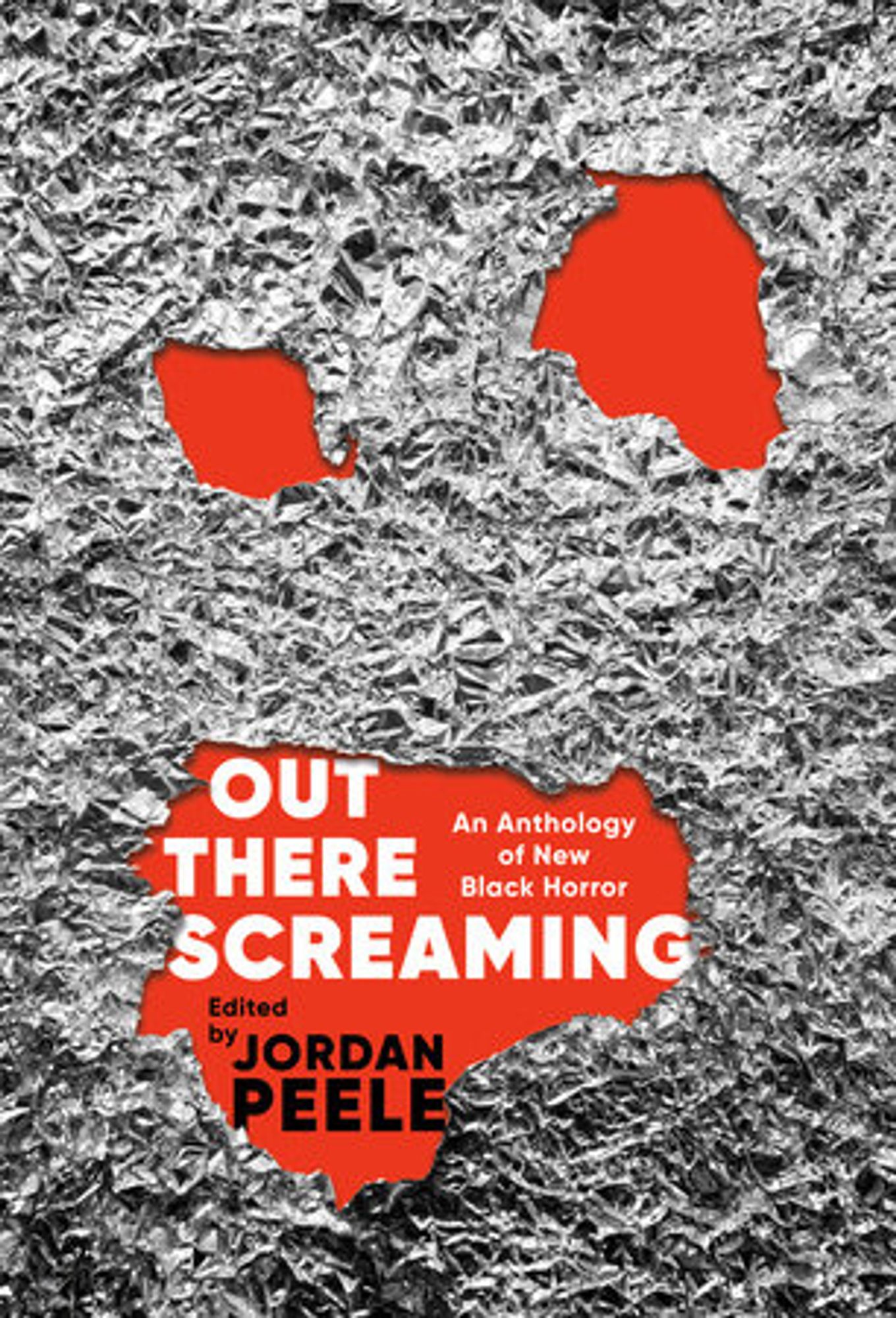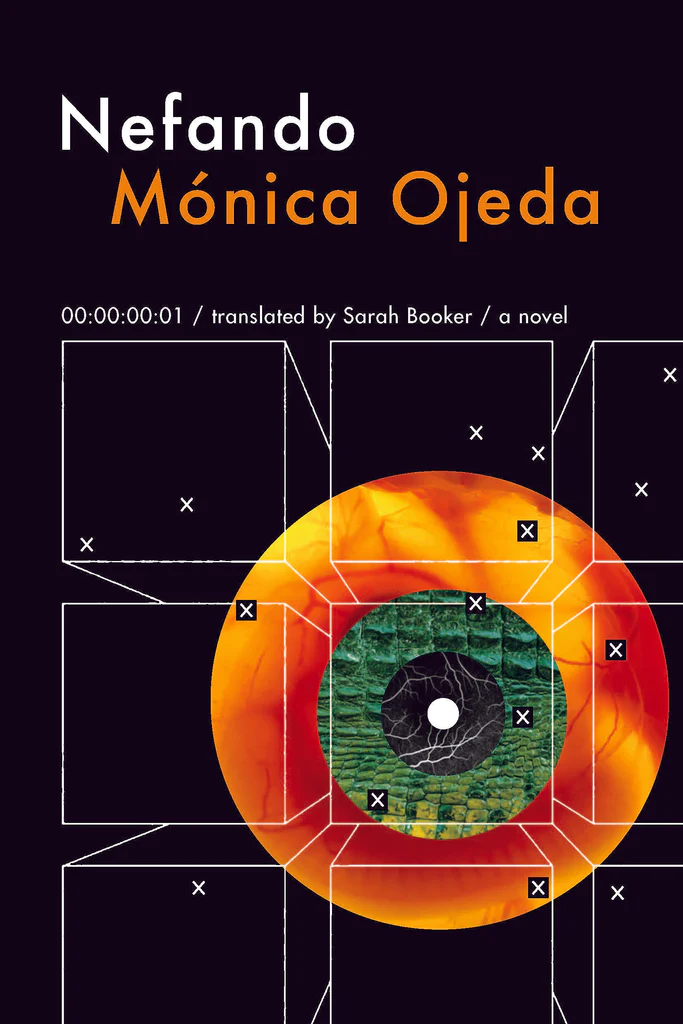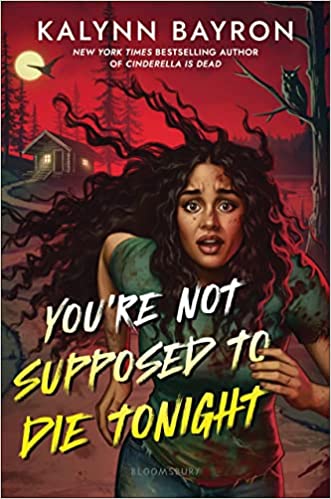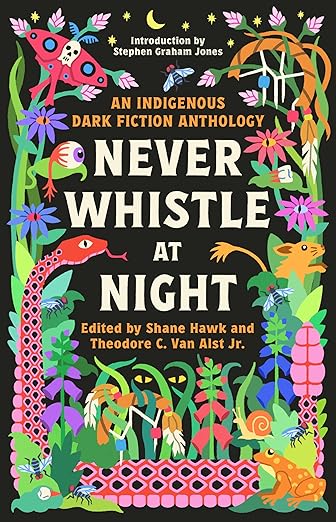Welcome to In The Club, a newsletter of resources to keep your book group well-met, well-read, and well-fed.
What’s your reading looking like right about now? I’d say mine has geared towards the cozy, but I feel like I’ve been saying that all year (and I know I’m not alone). I think we are just in our collective cozy era, and I love that for us.
Speaking of, today’s recommendations are decidedly not cozy and, in fact, are pretty disconcerting. It’s Spooky Month, and so I’ve highlighted some great new scary books for you to dissect with your club. They’re all by people of color, and I think it would be interesting to discuss within your clubs what horror stories look like written by people of color versus non-people of color. Then, how do certain ethnicities and regions (if you can break it down that far) differ in what they find scary? It’s interesting to look at horror as a way to view what a society views as acceptable vs. unacceptable behavior; what it values and what it doesn’t.
Before we get to the Club, a reminder to check out our personalized TBR service, where you can get book recommendations tailored to you.
Nibbles and Sips

Pumpkin Cheesecake Bars with Biscoff Crust by Camila
You may be over-pumpkin’d, but I promise you these are really good! I felt inspired to share this recipe with you after buying some pumpkin cheesecake bites at Target. They aren’t too cloying, and their pumpkin flavor is very natural.
Here, Camila gives recipes for a Biscoff crust in addition to the cheesecake. For the crust, you need Biscoff cookies, brown sugar, and unsalted butter.
For the cheesecake: cream cheese, sugar, brown sugar, sour cream, large eggs, vanilla extract, pumpkin puree, pumpkin pie spice, cinnamon powder, and nutmeg.
For full instructions and quantities, click here. For a video, click here.

Out There Screaming: An Anthology of New Black Horror, edited by Jordan Peele
This looks to be a ridiculously good collection of new horror stories by Black authors. A girl travels to the depths of the earth seeking a parent-killing demon. Freedom riders get stranded on a quiet road in Alabama, where they start to witness the uncanny.
Writers include Erin E. Adams, Violet Allen, Lesley Nneka Arimah, Maurice Broaddus, Chesya Burke, P. Djèlí Clark, Ezra Claytan Daniels, Tananarive Due, Nalo Hopkinson, N. K. Jemisin, Justin C. Key, L. D. Lewis, Nnedi Okorafor, Tochi Onyebuchi, Rebecca Roanhorse, Nicole D. Sconiers, Rion Amilcar Scott, Terence Taylor, and Cadwell Turnbull.

Nefando by Mónica Ojeda, translated by Sarah Booker
From the National Book Award Finalist and author of Jawbone comes a cerebral techno-horror. Six struggling creatives share an apartment in Barcelona — Kiki Ortega, who’s writing a pornographic novel; El Cuco Martinez, a video game designer; Iván Herrera, a writer with body dysphoria; and the Terán siblings, Emilio, Irene, and Cecilia. All of them are connected to the controversial and mysterious cult video game Nefando. A game in which players could find catharsis from trauma, but also maybe a slip in personal ethics. This explores what happens in the darkest parts of the web and how there are those of us who go towards pain.

You’re Not Supposed to Die Tonight by Kalynn Bayron
Bayron has such a talent for taking familiar narratives and reworking them in a way that is simultaneously thought-provoking and natural. In You’re Not Supposed to Die Tonight, 17-year-old Charity Curtis has the summer job any horror lover would want: playing the Final Girl in a full-contact horror game. At Camp Mirror Lake, she and her co-workers act out scenes from the beloved slasher movie Curse of Camp Mirror Lake, trying to make the experience feel as real as possible for guests. But then things get a little too real when her co-workers start disappearing. Now, Charity and her girlfriend Bezi are trying to get to the bottom of the murders happening around them while becoming the Final Girls of their own story. Fans of horror will appreciate Bayron’s subversive take on many of the tropes of the genre, including how race and gender have traditionally been portrayed.

Never Whistle at Night: an Indigenous Dark Fiction Anthology, edited by Shane Hawk and Theodore C. Van Alst Jr.
The unsettling stories in this collection begin with the belief that many Indigenous people share — that whistling at night can not only summon evil spirits but invite them to follow you home. The stories of these evil spirits, ghosts, curses, hauntings, and more are told by an amazing cadre of both well-known and emerging Indigenous authors, from Rebecca Roanhorse to Cherie Dimaline to Richard Van Camp, and more. Monstrous manifestations from Indigenous mythology intermix with social horrors like the effects of colonialism to paint a viscerally terrifying picture.
Book Riot has podcasts to keep your ears listening for days! Check them out and subscribe.
Suggestion Section
Book Club:
More To Read
20 Must-Read Mystery Books as Recommended by Mystery Writers
The 20 Best Debut Fantasy Books Ever Written
8 New Nonfiction Books to Read in October 2023
The Bestselling Books of the Week, According to All the Lists
I hope this newsletter found you well, and as always, thanks for hanging out! If you have any comments or just want to connect, send an email to erica@riotnewmedia.com or holla at me on Twitter @erica_eze_. You can also catch me talking more mess in the new In Reading Color newsletter as well as chattin’ with my new co-host Tirzah Price on the Hey YA podcast.
Until next time,
Erica